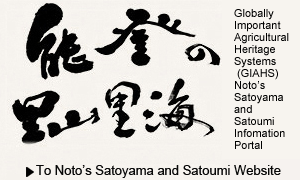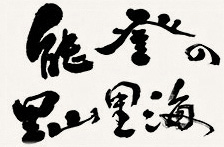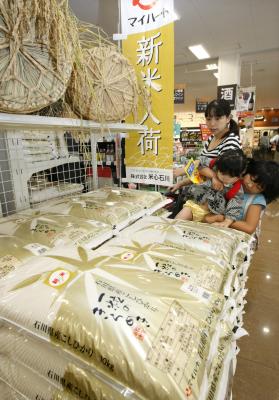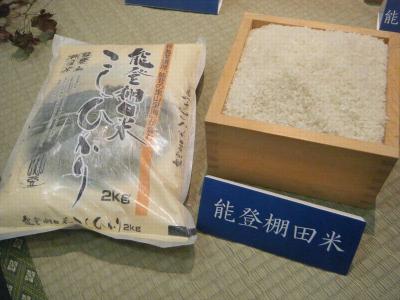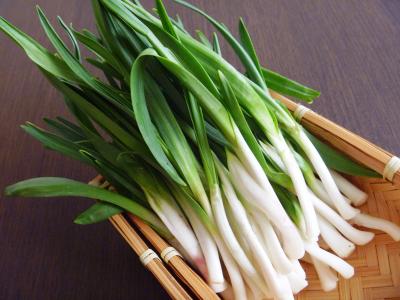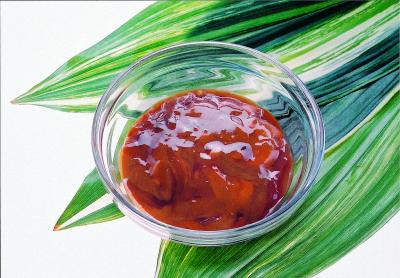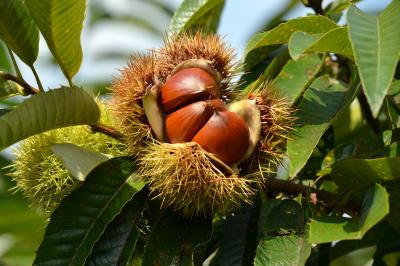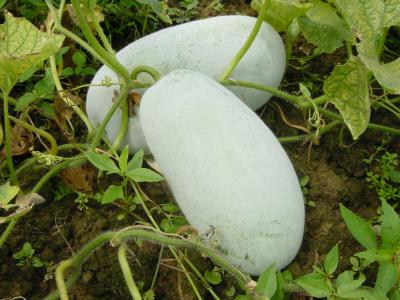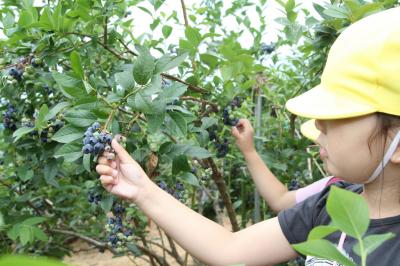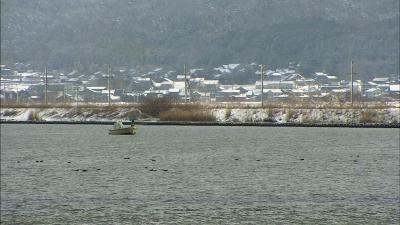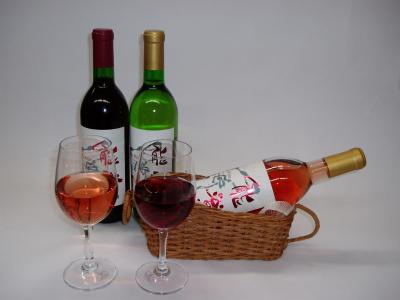
Name
Rice
Category
Agriculture、Forestry and Fisheries
Class
Agricultural products and seafood
Comment
Rice paddies were first established on the Noto Peninsula in the first century B.C. Since Noto is blessed with clean spring water and fertile soil, the conditions for growing rice are good. Koshihikari rice from Noto is very popular for its high quality and delicious flavor.
After Noto was certified as a GIAS site, the branding of Noto’s Koshihikari rice was promoted. Four agricultural cooperatives jointly sell Koshihikari rice that is grown using an environmentally friendly method; the use of chemical fertilizers and agricultural chemicals is limited. This value-added rice has been given the name “Noto Tanada-mai” (Noto rice grown in terraced paddy fields).
Part of the profit from sales of this rice is allocated for conservation of terraced rice fields, and used to promote agriculture and maintain the natural environment of Noto.
In addition to Koshihikari, Ishikawa Prefecture produces original-brand rice called “Yumemizuho” and “Noto-hikari”.
“Yumemizuho” is similar in taste to Koshihikari, and is characterized by a soft and sticky texture. This rice is suitable for lunch boxes and rice balls, because it does not easily harden, even when chilled. “Notohikari” has larger grains and a refreshing taste. It is not far behind “Koshihikari” in stickiness and taste, and is also suitable for rice balls, because it is tasty even after having been chilled. This variety is popular among restaurants and sushi bars that place importance on the flavor of rice.
After Noto was certified as a GIAS site, the branding of Noto’s Koshihikari rice was promoted. Four agricultural cooperatives jointly sell Koshihikari rice that is grown using an environmentally friendly method; the use of chemical fertilizers and agricultural chemicals is limited. This value-added rice has been given the name “Noto Tanada-mai” (Noto rice grown in terraced paddy fields).
Part of the profit from sales of this rice is allocated for conservation of terraced rice fields, and used to promote agriculture and maintain the natural environment of Noto.
In addition to Koshihikari, Ishikawa Prefecture produces original-brand rice called “Yumemizuho” and “Noto-hikari”.
“Yumemizuho” is similar in taste to Koshihikari, and is characterized by a soft and sticky texture. This rice is suitable for lunch boxes and rice balls, because it does not easily harden, even when chilled. “Notohikari” has larger grains and a refreshing taste. It is not far behind “Koshihikari” in stickiness and taste, and is also suitable for rice balls, because it is tasty even after having been chilled. This variety is popular among restaurants and sushi bars that place importance on the flavor of rice.
Material Link
Views
Access number:6870

